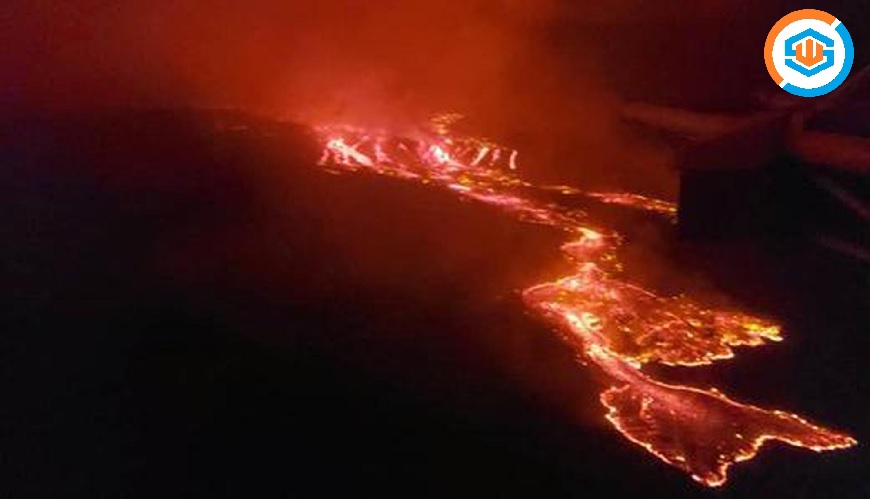
- 13 Aug
- 2021
Italy’s Mount Etna grows taller - by 100 feet; find out how active volcano reached new peak
Mount Etna, Italy’s famous active volcano, has grown taller after nearly half a year of constant volcanic activity. The volcano added over 100ft in height after more than 50 eruptions bolstered its summit this year. The volcano, already the largest in Europe, grew to a height of 11,013ft from 10,912ft.
"Thanks to the analysis and processing of satellite images, the southeast crater is now much higher than its 'older brother', the northeast crater, for 40 years the undisputed peak of Etna," said INGV, the National Institute for Geophysics and Vulcanology.
"Thanks to the analysis and processing of satellite images, the southeast crater is now much higher than its 'older brother', the northeast crater, for 40 years the undisputed peak of Etna," said INGV, the National Institute for Geophysics and Vulcanology.
“The summit of Etna, since 1980, has always been considered the northeast crater, which, with the paroxysms of September 1980 and February 1981, reached a maximum height of 3,350m (10,990ft). This height, which has decreased over the years due to the collapse of its edges, in the summer of 2018 settled at 3,326m (10,912ft). This record, however, has now been surpassed by the cone of the southeast crater and, today, Etna has a new peak,” the institute said in its statement.
Etna remains the second most active volcano being studied on the planet, with the volcano having recorded over 50 eruptions just from the start of this year alone. Every year the massive volcano produces 7.7 million tonnes of carbon dioxide, water, and sulfur dioxide. Local authorities have calculated in July that 300,000 tonnes of ash were released as a result of the eruptions so far.
While the ash itself poses little to no danger to the people of Catania, it does prove to be a nuisance for traffic, crops, and streets. The lava that flows down the slope of the volcano, enough to create a 108-story building each year, cools before it reaches any habitable area. In 2017, an eruption left nearly 12 people injured and another one in 2018 caused a 4.9 magnitude earthquake.
Though much bigger, Etna does not have the mortality figure of the equally famous Vesuvius volcano, which covered the entire city of Pompeii with a blanket of ash and lava in 79 AD. The volcano, which was thought to be the prison of the monster Typhon by the ancient Greeks, is one of the most popular tourist attractions in Sicily.
As the volcano continues to spew lava and ash, it is slowly sinking into the Mediterranean Sea as it gradually collapses under its own weight. One day, it will create a gigantic tidal wave as it falls into the sea.











